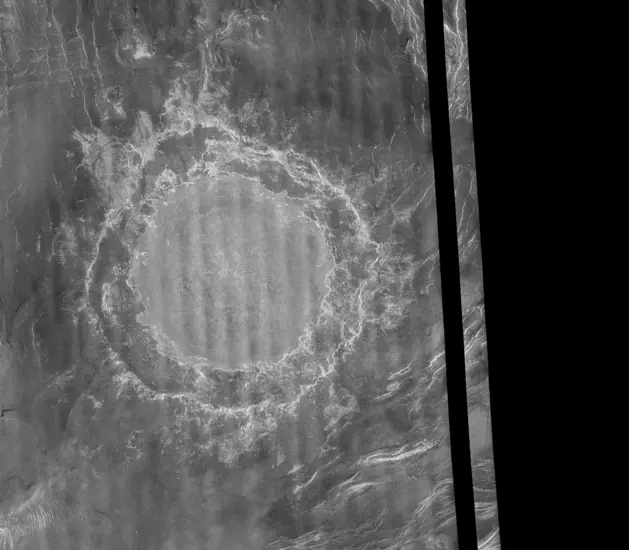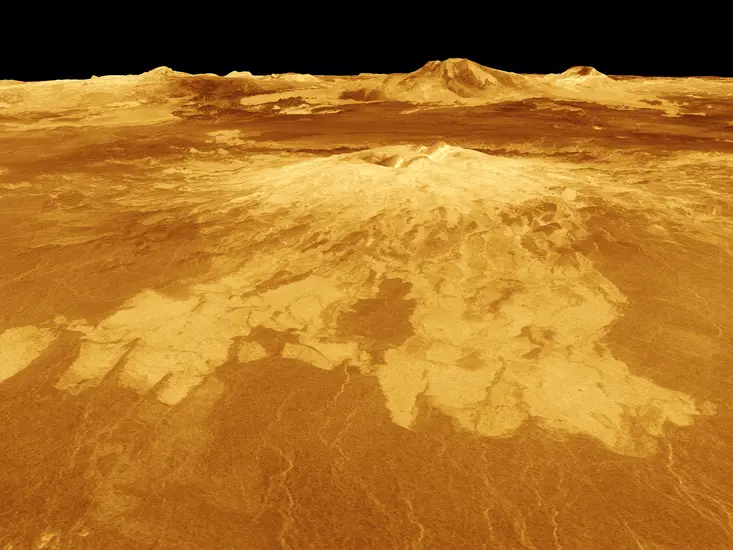
Smithsonian Planetary Image Facility
Image Holdings for Venus
5
Holdings
Venera
- Radar Mosaics
Magellan
- Full Mosaic Image Data Record(F-MIDRS)
- Compressed Once Mosaic Image Data Records (C1-MIDRS)
- Compressed Twice Mosaic Image Data Records (C-2 MIDRS)
- Compressed Thrice Mosaic Image Data Records (C-3 MIDRS)
- Press Release Photography
Galileo
- Press Release Photography
Venus Express
- Press Release Photography
Cartographic Products
Altimetric & Shaded Relief Maps
- 1:50,000,000
Topographic & Shaded Relief Maps
- 1:50,000,000
- 1:15,000,000
Soviet Maps of the Northern Hemisphere of Venus
- 1:50,000,000
Radar Mosaics
*The above items are only for reference use and to review data before purchasing from data providers.
Additional Resources
About Venus
Spacecraft/Missions
Online Imagery:
Please Note: The facility does not sell imagery and cannot provide reproduction services. A guide to Resources for Earth and Planetary Research is available to also help individuals find available imagery online.









